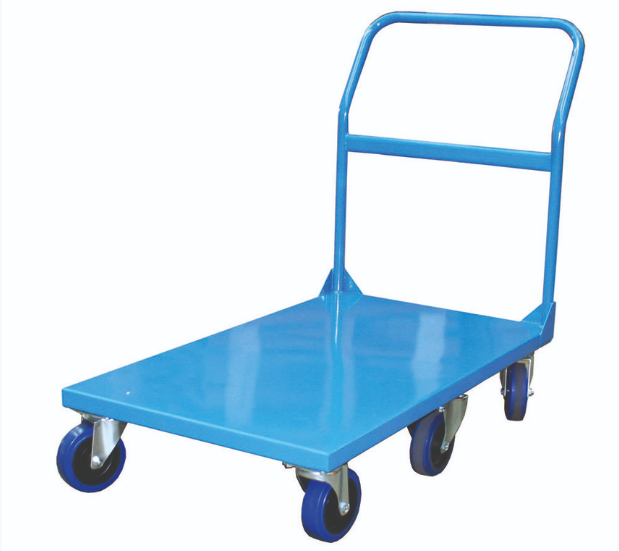Ependymomas are tumours of the nervous system that form from the ependymal cells, which line the ventricles of the brain and the central canal of the spinal cord. Below, we provide extensive and general information about these brain tumours.
What is an ependymoma?
Ependymoma is a primary tumour of the central nervous system (CNS). This means that it originates in the brain or spinal cord. It can occur in children and adults, but its location in adults tends to differ from its site in children.
In the case of ependymoma in adults, 60% are found in the spinal cord. In children, 90% of ependymomas are located in the brain, mainly in the posterior fossa 3.
Approximately 30% of pediatric ependymomas are diagnosed in children under three years of age 3. Also, this type of glioma is slightly more common in men than women.
Unfortunately, like other brain tumours, the cause of ependymomas is unknown.
Is ependymoma benign or malignant?
This brain tumour can be benign or cancerous. A malignant ependymoma can spread, while a benign tumour does not usually spread. Both tumours can cause problems by growing and pressing on nearby tissues.
Although it is not common to spread outside the CNS, it may spread to other parts of the central nervous system through the cerebrospinal fluid 2.
What are the grades and types of ependymomas?
Ependymomas are soft, greyish or red and may contain cysts or mineral calcifications. They are classified into three grades according to their characteristics:
Grade 1 ependymoma. Low-grade tumour. This means that the tumour cells grow slowly. They are usually more common in adults than in children. Most of these tumours do not recur after complete surgical removal 3.
Grade 2 ependymoma. A low-grade tumour that occurs in the brain or spinal cord.
Grade 3 ependymoma.malignant brain tumor(cancerous). This means that it is a fast-growing tumour. It has a higher chance of respawning.
Similarly, there are four main types of ependymomas. However, there are two that appear in the brain:
Ependymoma. It is the most common type of tumour and is considered a grade 2.
Anaplastic ependymoma. It is a high-grade (3) tumour and tends to grow faster than low-grade tumours.
What are the symptoms of ependymoma?
Signs and symptoms related to malignant or benign ependymoma depend on the location of the tumour and the size of cancer, including the patient’s age. For example, children with ependymoma can have seizures and headaches.
When the tumour is in the head, the most common symptoms are vomiting, nausea, and a headache, which is usually worse in the morning. Other symptoms that may occur are the following:
- Weakness in one side or part of the body. It is a sign of a tumour in the cerebral hemispheres.
- Crossed eyes occur when the tumour is close to the brain stem.
- Balance problems or trouble walking.
- Neck pain is caused by a tumour growing near the brainstem or on top of the spinal cord.
- Pain in the legs or back.
- Tingling or numbness in arms or legs.
How is an ependymoma diagnosed?
Tests and procedures used to diagnose ependymoma include the following:
Neurological examination
The neurologist may test hearing, balance, coordination, ability to walk normally, strength, and reflexes to check the brain, spinal cord, and nerve function.
MRI
Provides details about the tumour’s location and which parts of the brain or spinal cord are affected.
Computed tomography
It helps get a quick view of the brain to determine if a tumour is present and if it has caused hydrocephalus (the buildup of cerebrospinal fluid in the brain).
The doctor may suspect the presence of ependymoma and recommend a biopsy to confirm the exact diagnosis.
What are the treatment options for ependymoma?
There are different types of treatments available. Some are as follows:
Surgery
It is usually the first treatment of the ependymoma if it is possible. The goal is to remove the entire tumour. However, sometimes the ependymoma is located near the delicate brain or spinal cord tissue, making this too risky. After the operation for medullary ependymoma, if any tumour remains, further treatment may be recommended.
Radiotherapy
It might be recommended after surgery to help prevent the recurrence of more aggressive tumours or if surgeons could not altogether remove the tumour. It is recommended for older children and adults.
Radiosurgery
It uses tiny beams of radiation focused only on the tumour to kill cancer cells. This treatment is usually recommended for those patients who are looking for an alternative with fewer risks and side effects.
What is Gamma Knife radiosurgery?
Gamma Knife stereotactic radiosurgery is a type of radiosurgery that precisely focuses multiple radiation beams at specific points to destroy tumour cells. This treatment has the advantage that it is performed in a single session.
Gamma Knife does not involve surgery or incisions. Only a rigid frame is fitted to the skull to keep the head still during treatment. It is generally recommended for ependymomas that grow back after other procedures.







